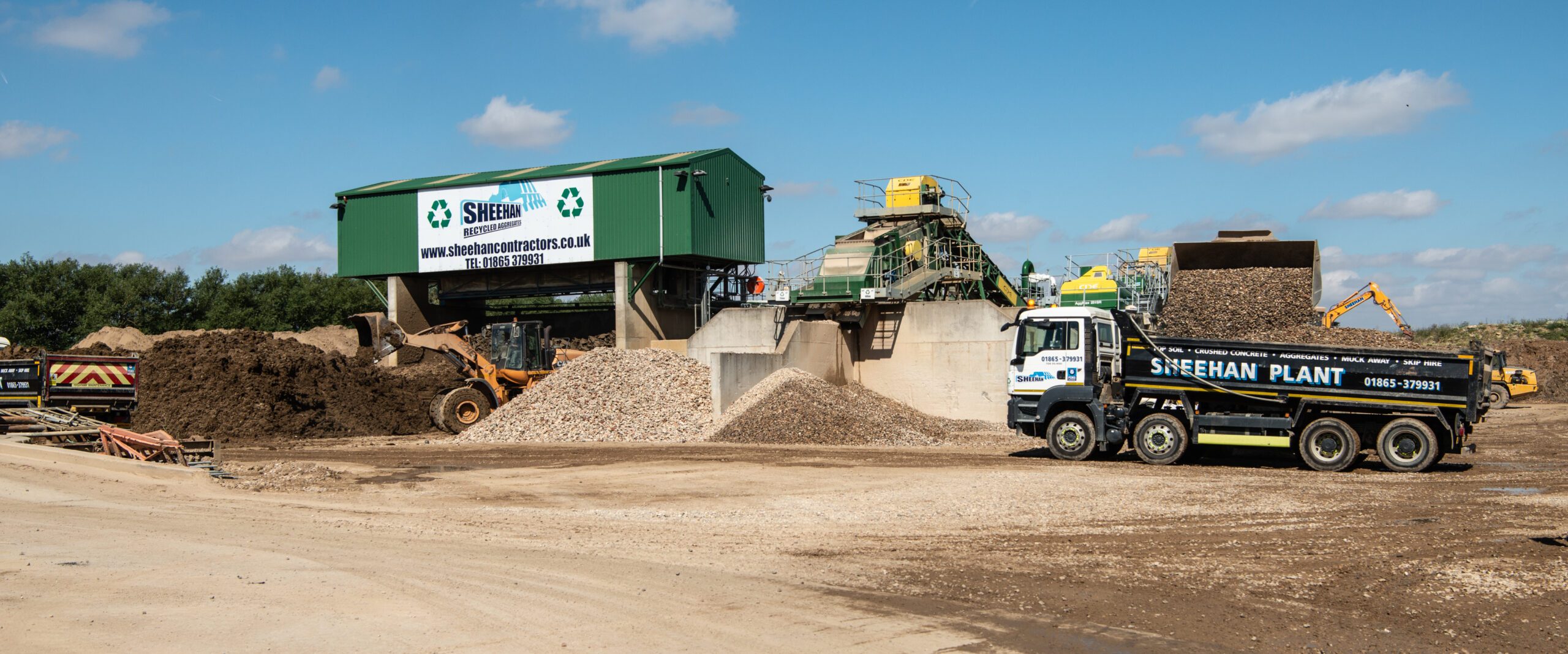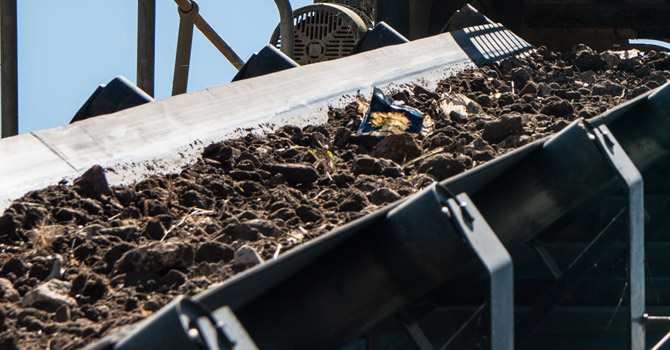By Chris Sheehan, MD of the Sheehan Group
The UK can make much greater progress in recycling construction and demolition waste, regardless of how some data may be presented.
The Mineral Productions Association (MPA) recently reported the recovery of construction waste to produce recycled aggregate is reaching close to upper limit. It claimed the practice of reusing building materials is now so widespread in the UK that most reusable materials are now being put back into use in construction and there is little scope to further improve recycling.
The MPA (the industry trade association for aggregates and associated primary materials) estimated that 28% of aggregates for construction comes from recycled and secondary sources – some 62 million tonnes in 2020. This therefore leaves more than two-thirds of the remaining UK aggregate demand being fulfilled via quarries.
Recent annual figures for the Department for Environment, Food and Rural Affairs found around 222 million tonnes of waste is produced per year in the UK. Of this almost two-thirds are C&D waste. Government figures indicate around two-thirds of non-hazardous C&D waste are recovered.
Restorative recycling
On the surface this appears positive. However, closer inspection reveals the data excludes excavation waste and recovery heavily includes backfilling, rather than restorative recycling to introduce new sustainable products back into use.
In real terms until all materials are genuinely repurposed, we have not peaked. I agree with the MPA that recycled and secondary aggregates is an outstanding circular economy success story and that there is a lot of room for improvement in the collation of statistics to fully understand the scale and impact. This is the key point, until there is robust data collection it is not possible to say accurately where we truly are.
Improved data monitoring would help strengthen the case for the circular economy movement and engender further buy-in at policy level. From our experience operating in the circular driven economy the issue remains within the construction industry that C&D waste is still not always sent to recycling plants. Many contractors still send it to landfill if it is cheaper. When we examine the type of C&D waste we receive it is clear a lot of soil and stone, likely created via mineral extraction, is still sent to landfill sites. An increase in landfill taxes alongside tax breaks for recycling can help improve this issue.
C&D waste recycling
Currently we are restricted by planning to recycling a maximum of 195,000 tonnes per year of C&D waste at our recycling plant in Dix Pit, Oxfordshire. This has increased on the initial capacity we were allowed to operate when we achieved planning permission to install our CDE advanced construction and demolition waste recycling system in 2012. With greater political support we could recycle more C&D waste. The demand from contractors both to drop off C&D waste and to source alternative sustainable construction products remains significant.
As a sector we need to be careful with how we interpret and use data. We are entering a crucial stage in our journey towards becoming carbon neutral by 2050. We cannot afford complacency and a misunderstanding that we have reached a peak in what can be achieved in recycling C&D waste. We still have a long way to go.




